The Four American Conservative Aesthetic Styles
The aesthetics of the groups that make up today's American right - and what they tell us.
One way to understand a movement is through its aesthetics. There are four principal aesthetic styles on the American right, which give insight into the various groups comprising it. These styles are: retro-Americana, techno-futurist, neofascist, and MAGA.
Retro-Americana, techno-futurist, and neofascist are managerial aesthetics, reflective of educated, leadership classes - though very different and often opposed groups to be sure. MAGA aesthetics are non-managerial, reflecting the masses or working class right. This divide is significant, as I’ll explain after reviewing each of them.
Retro-Americana
As an aesthetic style, retro-Americana is in a sense the most conservative. There are two basic flavors of this: traditional American aesthetics and neoclassical aesthetics. These are both primarily preferences of the educated classes in conservatism, but could be thought of as the “civilian” and “professional” varieties. Traditional American aesthetics, often with a retro flair, appeals to educated conservative voters and donors, whereas neoclassical aesthetics with a fine arts sensibility is the de facto aesthetic system of movement conservative elites.
The traditional American wing would celebrate things like the classic American small town. Ironically, many of these, as in the picture below, are now very liberal enclaves.
I call this style “retro” not just because it is rooted in the past, but because there often is a self-consciously retro aspect to it, as in these types of images:
Norman Rockwell, of course, is a favorite here. The homesteading or “trad wife” aesthetic counts here.
While not in the explicitly retro category, the superb aesthetics of the LDS Church (Mormons) are an exemplar here. We can see it in this Romney family Christmas card photo from last year.
Movement conservatism - the New York and Washington think tank and magazine world - tends to eschew this aesthetics in favor of neoclassicism. I just interviewed Justin Shubow of the National Civic Art Society for my podcast. He was one of the people behind President Trump’s move to require classical architecture on federal buildings. He’s a great example of this. You also see it in this Eugene Kontorovich article about the use of the fasces on federal buildings and structures that explains they were included as classical, not fascist elements. Or you can think about Notre Dame architect Duncan Stoik’s churches that look like traditional churches. Here is his new chapel at Hillsdale College, for example:
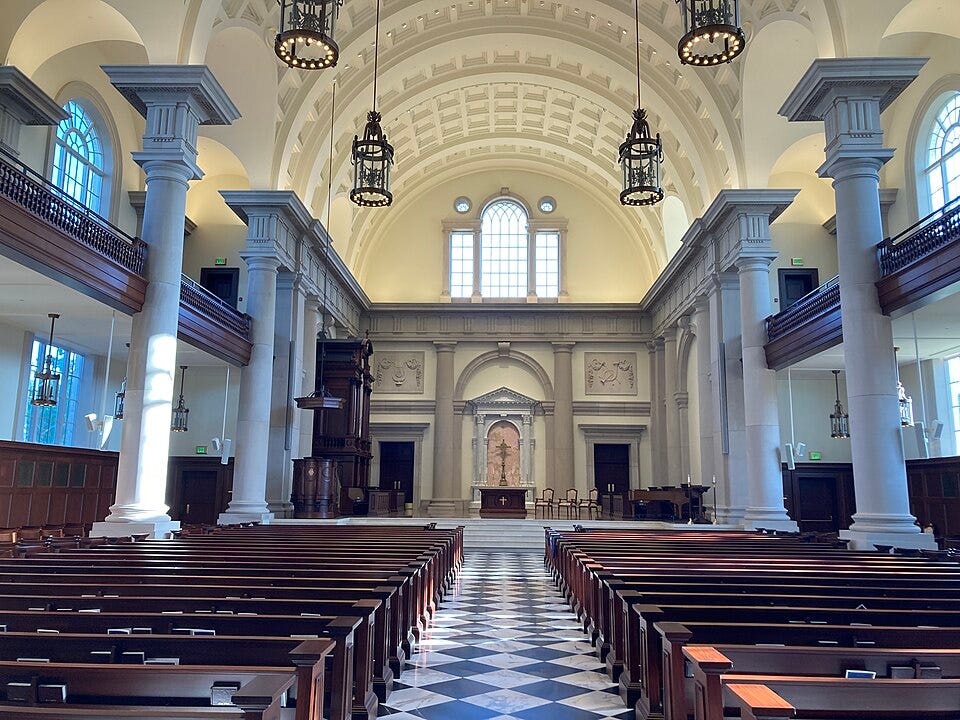
It’s also seen in the way movement conservative people tend to be into opera, a niche pursuit to put it mildly. In fact, magazines like the New Criterion and City Journal publish opera reviews. These typically argue in favor of traditional productions and against regietheater (avant-garde European) ones.
One of the hallmarks of the conservative movement is its rejection of the modern. This generally applies to both retro-Americana groups. They tend to hate all forms of modern art and architecture apart from Art Deco, and are the people who tell you they want to “RETVRN.”
In this they are often curmudgeons if not outright philistines. We see this in a 2000 City Journal article in which Myron Magnet makes the case for demolishing New York’s Lincoln Center and replacing it with a new set of classical buildings. While some of the buildings aren’t great, the Metropolitan Opera House is one of the world’s great opera houses. The idea of demolishing it and replacing it with a no doubt boring and derivative classical structure that would simply look second rate in comparison with European houses is nutty.
Interestingly, the original neoconservatives appear to have been very interested in the aesthetic avant-garde in their Partisan Review magazine days. No surprise they were very intellectually dynamic as well. The total rejection of the modern by today’s conservatives is a sign of deeper underlying problems that prevent them from innovating.
Perhaps that’s the very nature of conservatism, but as we’ll see next, there can be a right wing with a more forward-looking attitude.
Techno-Futurism
Techno-futurism is an essentially science fiction type aesthetic associated with the Silicon Valley right, and the neoreactionary movement spawned by Curtis Yarvin (himself a technologist) and others.
In some ways techno-futurism is the opposite of retro-Americana. It’s futuristic, not traditional. And most of it has no obvious tie to America or its culture.
The Silicon Valley right, which would include groups like Bitcoiners, the effective accelerationism movement, and others are essentially the same as what’s been called the “gray tribe” (in contrast to red and blue). They are basically techno-optimist libertarians who believe they should be left free to disrupt the world with minimal interference. Certainly Elon Musk would count in this category.
The neoreactionaries are part of the dissident right who pursue some sort of elite rule, typically outside of liberal democracy as we understand it. Yarvin describes himself as a monarchist these days, for example. There’s certainly a lot of interaction and crossover between the Silicon Valley right and the neoreactionaries.
These people differ from the previous groups in that they are very future and change oriented. You could think of this as a type of right wing progress movement. Their futuristic aesthetics reflect this. For example, here’s an image often used as an online meme.
The idea here that we want to arrive at a futuristic utopia.
You can also see this aesthetic in a recent podcast image shared by Bronze Age Pervert (BAP). Although BAP himself is a neofascist in my schema here, he makes use of a variety of aesthetic styles, including techo-futurism (athough there’s a lot going on in this image).
The aesthetics Elon Musk’s businesses, such as his game changing Starship rocket, very much fall into this category. This would include the futuristic design of the Tesla Cybertruck as well.
In the last year or so, there’s been a movement away from the kind of images above towards the use of AI generated ones that are intended to be obviously in the style of AI generated images. The subject matter of these is not always futuristic, but the affected AI style is.
I should note that the techno-futurist aesthetic is fundamentally atheist-materialist in its metaphysics. This is in contrast with retro-Americana, which is often religious or religion friendly, or otherwise rooted in some transcendent idea of Western civilization.
Techno-futurism is the aesthetic of an upstart, would-be replacement leadership class for the American right.
Neofascism
Neofascism is a niche aesthetic, one associated with certain segments of the dissident right. Not all of these people support fascism properly so-called (although some do). Some of them might say they are “vitalist” or whatever. But aesthetically they make use of fascist imagery. Like BAP, who has a PhD from Yale, many of the people inspiring the use of this type of imagery are from educated backgrounds.
I’m not going to post any of that here, but I bring it up by way of warning. Because most of us aren’t deeply familiar with fascist aesthetics, it can be very easy to share memes or other material using fascist symbols without even realizing it.
In one infamous example, a campaign staffer created an image of Ron DeSantis using a Sonnenrad. When I first heard about this controversy, my first thought was, “What’s a Sonnenrad?” I’d never heard the term before, and I follow these groups. (I’d be willing to wager 95% of the people piling on the guy who created it had never heard the term themselves before this controversy erupted). As it turns out, I did know the symbol under the name Black Sun. But I’d only learned about that a couple years previous when I saw people obviously using it as a Nazi symbol and googled it to find it what it was.
In other words, be careful about what you retweet.
MAGA
If the three categories above are from the managerial classes, MAGA is right wing coded folk aesthetics. There are basically two varieties of this: cringe and non-cringe.
The cringe variety is best exemplified by the various Trump memes we see on X.
But it’s also present in many conservative products and imagery that are not specifically Trump related. We see it in the gun world a lot, for example.
I would put Black Rifle Coffee very much in this mode.
Sometimes the Trumpian and non-Trumpian cringe worlds converge, as with professional wrestling.
The non-cringe variants are typically ordinary right coded folk aesthetics: fishing boats, hunting, pickup trucks, Harley-Davidsons, etc.
The Trump boat parades span both the cringe and non-cringe of the conservative folk aesthetic. It combines the classic conservative coded boating with Trump flags.
These non-cringe aesthetics are often seen as working class or certainly non-elite, but can be done in extremely classy ways, as with the Netflix Meateater show.
I’ve watched a number of episodes of Meateater. While I’m one of those people who likes opera, its aesthetics were so good it made me want to take up hunting.
This folk aesthetic is not necessary a poverty one. In fact, lots of trucks, boats, etc. cost a ton of money, and the people who own them - or say a house on the Lake of the Ozarks - are sometime even rich. It’s more of a social class division rather than an economic one. Whereas the people who are into retro-Americana most likely also enjoy much of the proverbial “stuff white people like” such as avocado toast, people into folk aesthetics most often do not. This is the managerial vs. non-managerial division.
The MAGA aesthetic also hints at Trump’s multicultural appeal. Something like lowriders, because they are Hispanic or “ghetto” coded, are typically not seen as right wing. But being into cars and doing interesting things to cars is something that spans essentially every ethnic category. The aesthetic similarity of these shows an underlying commonality that suggests it would be possible to bridge the ethno-cultural-political divide. Which is indeed what we have seen happen. Many of these items increasingly appeal across ethnic boundaries, and young men of all ethnicities were drawn towards Trump.
What Aesthetics Tell Us About Challenges on the Right
We can learn a number of things about the landscape of the American right just from looking at aesthetic styles:
There are rival groups of would be leaders, with very different outlooks on society. Especially note movement conservatives compared to the Silicon Valley right.
Traditional conservatives are hobbled by their essentially backward looking or stasis preferring approach with low openness to the new. Ironically, in this they miss something of the genuine American character, which is protean in spirit.
The division of aesthetic styles into those for the elite/leadership classes, and those for the base indicates a movement that is implicitly bought into the managerial paradigm it often ostensibly claims to oppose (as in, for example, the administrative state). This was ably described by Benjamin Mabry in his guest essay on anti-managerial aesthetics.
Although the conservative leadership class often lives the same lifestyle as the mainstream one - the “stuff white people like” or “air space” aesthetic - that mainstream aesthetic is left coded. This creates a powerful aesthetic barrier to the right achieving cultural power in America.
I can only begin to scratch the surface in this post, but much greater study of and attention to aesthetics by the right is necessary to gain insight and engage effectively in the world in the future.


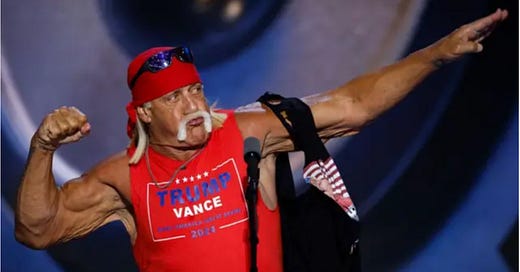


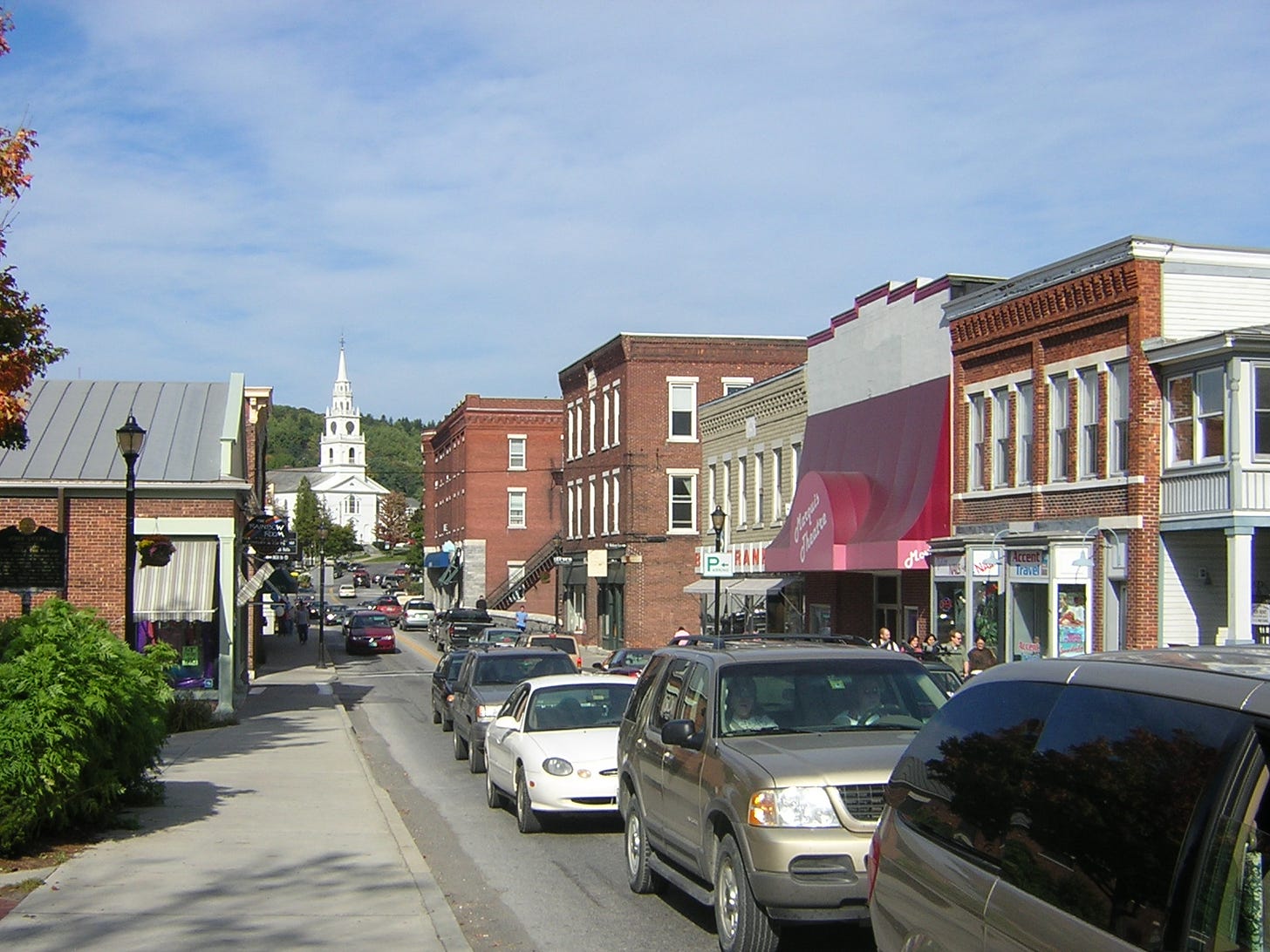


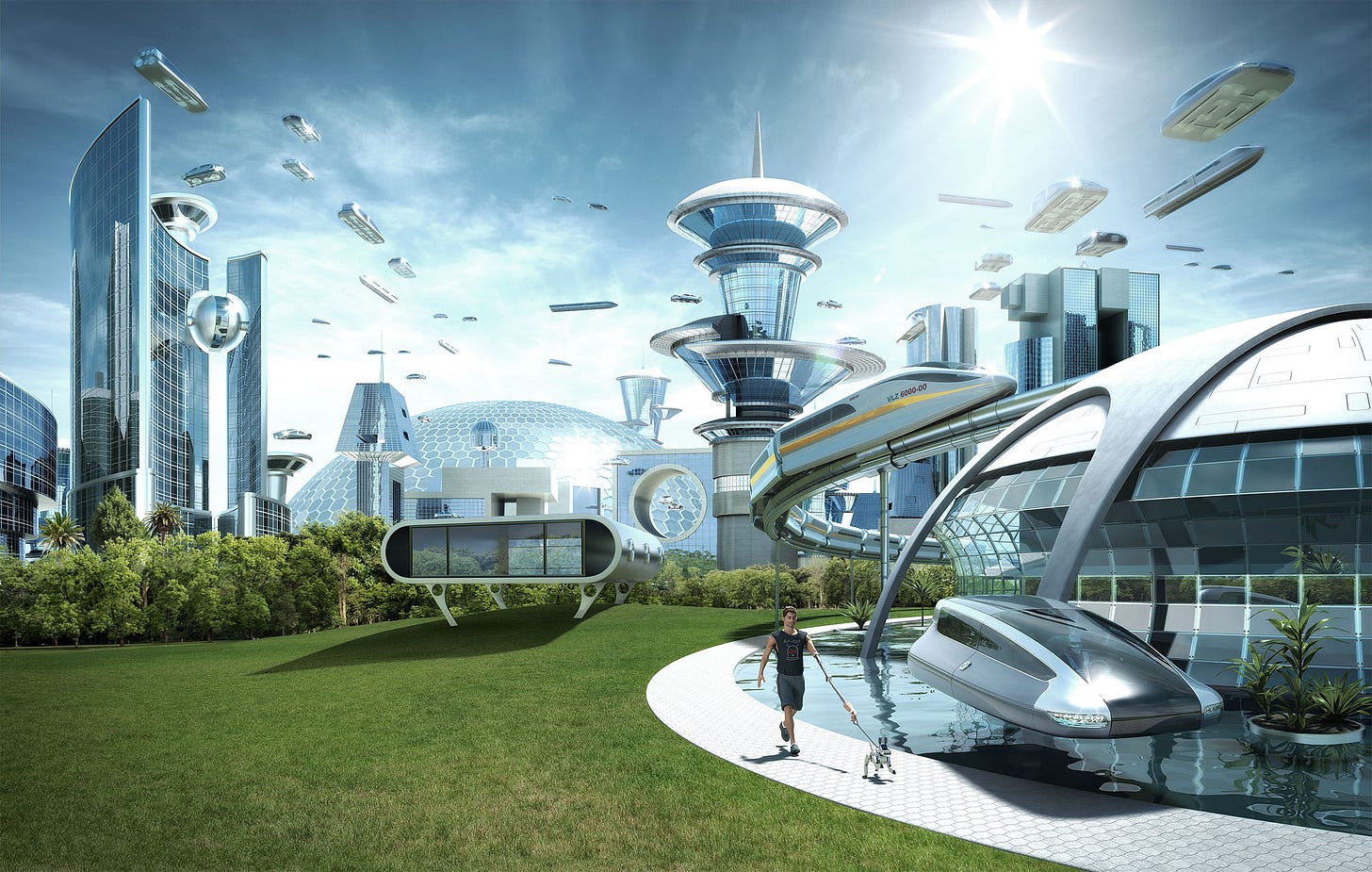
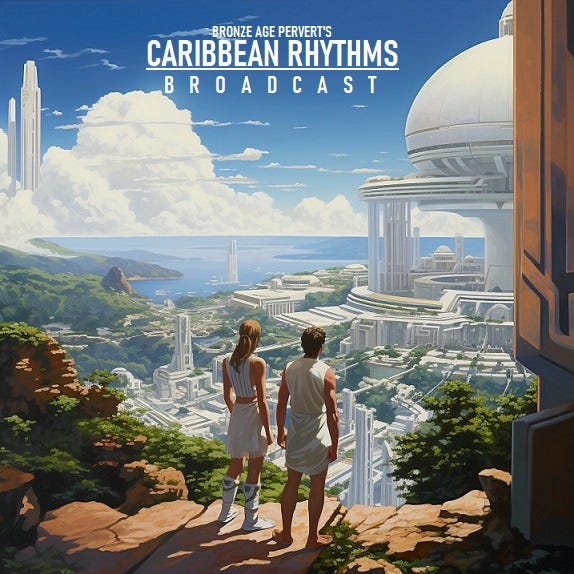
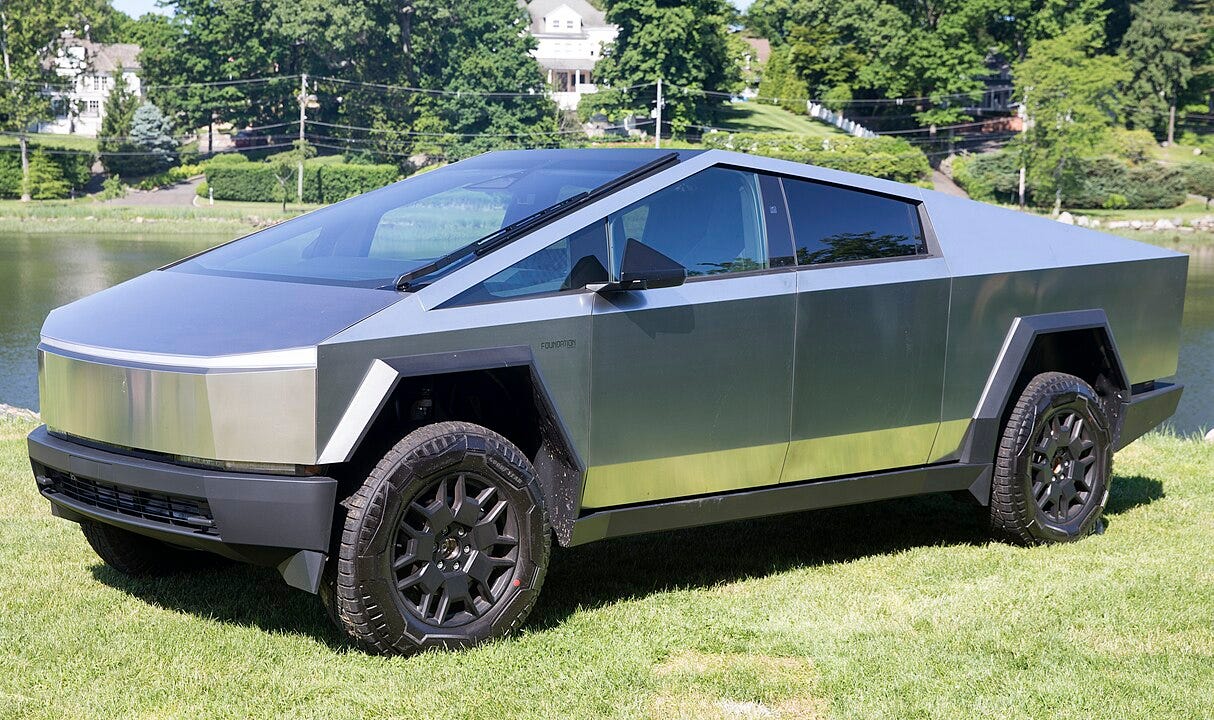




Fantastic analysis. The images and words work beautifully together. Many on the right are a fusion of multiple styles. We should remain open to cooperation and positive-sum thinking, not zero or negative sum like the left. Clothing is also important, as seen with the rise of Barbour nationalism and Clakson's Farm: https://yuribezmenov.substack.com/p/clarksons-farm-review-thank-farmers-protest-esg
I do like a good lowrider.
What a thought-provoking piece. I don't have anything as well thought-out on architecture (or probably anything), but I've always had an eye for it and have a small collection of books starting with From Bauhaus to Our House. I like a wide variety of styles including but not limited to classical, Federalist, mid-century modern, and some techno-futurist. I remain bewildered by your appreciation of some brutalist structures. Churches and office buildings that look like prisons and sewage treatment plants seem so anti-human to me.
And whatever the Tesla truck is, burn it with fire.
On that upbeat note, Happy Thanksgiving Aaron, thanks for all the work you do!